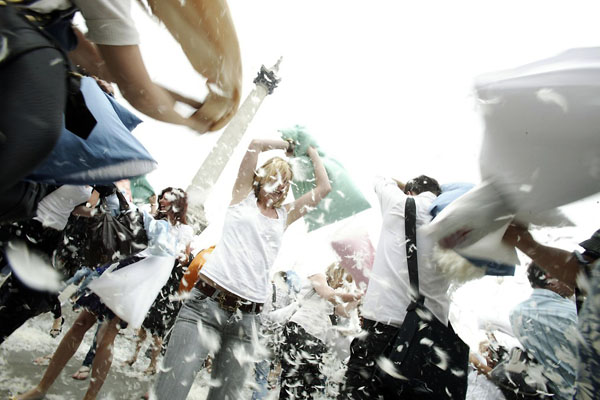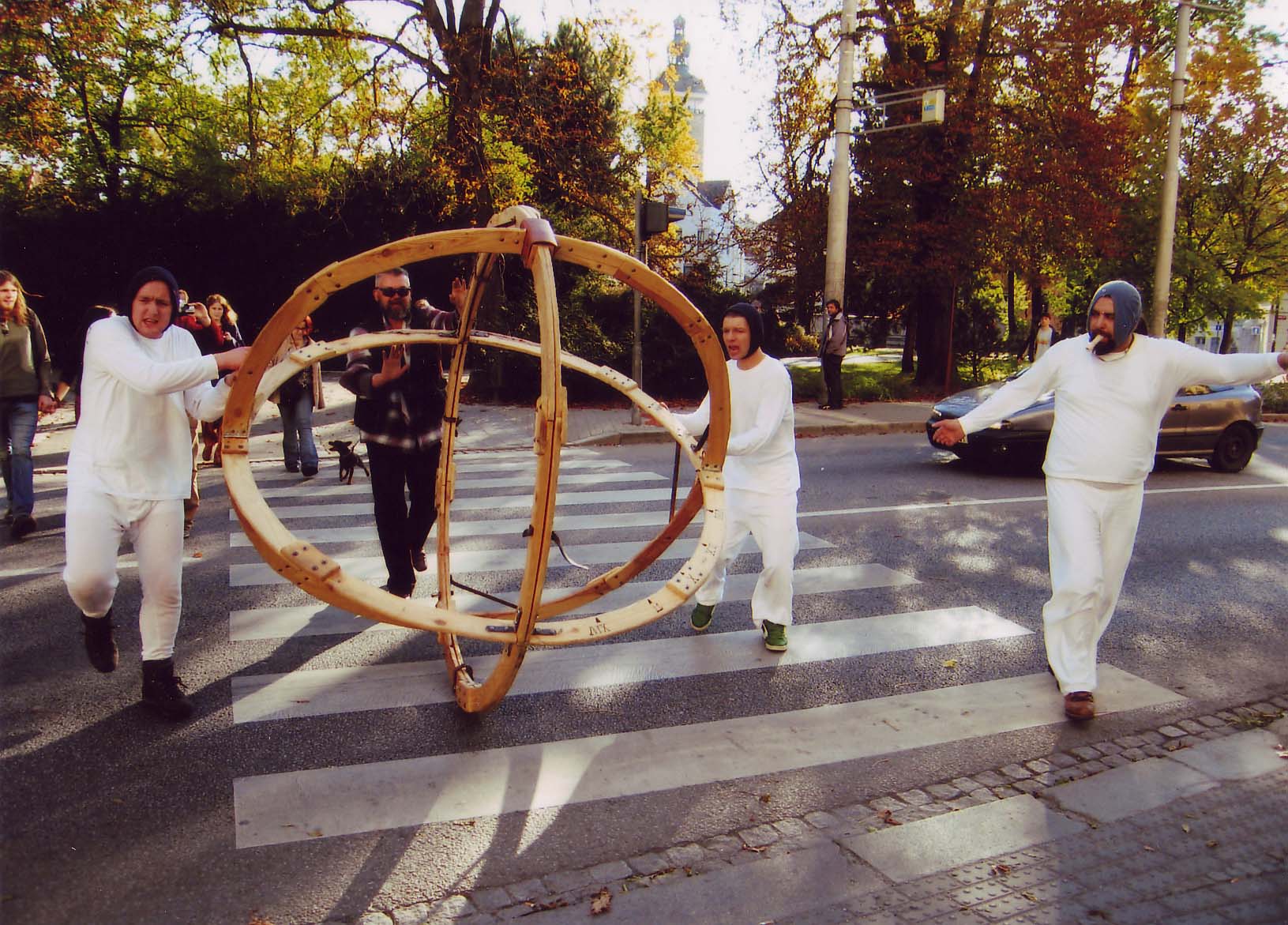
…Yea, I really cannot get enough of performance based arts. Because I have not had an incredible amount of experience in performance art, everything I find and explore has an enlightening appeal to it - much like if one was to uncover lost treasure. Although I might be partially exaggerating this wave of feelings that I get.
But seriously now, all these posts I have mentioned had to do with collaborated arts in which people speak face to face. What about if they didn’t? What if they didn’t speak face to face in the sense that no spoken word is communicated? What I would like to introduce is a collaborative art that is less vocally direct - dance. Dance as a form of collaborative art; an art in which communication is in the form of body movements.
Body language is often overlooked as people tend to put more meaning into spoken language. This is pretty much expected in that words are often more definable and give a solid explanation. Although it is tough to find the right words that a performer wishes to speak with the body, it certainly adds another level of connection with the audience. When one views the intricate movements played out by the dancers, our minds are put to work to make sense of it all. Even when there are no words, people are generally intuitive as to the emotions that are trying to be explained in such gestures.
What I enjoy about having a less direct form of communication such as the spoken language, is that body language leaves it to the viewer to interpret what is being said. And when it comes to interpretation, it is based off one’s own culture, background, experiences, etc. Thus, every interpretation is different. So when people explain a work of art or a performance in a straightforward explanation, it probably isn’t entirely true or entirely complete. Art is what you personally make of it.
Anyway, I just wanted to highlight an interesting dance group. They are called “China Disabled People's Performing Art Troupe”. This was partly why I was interested in exploring dance as a collaborated art and the connection that is formed between the performers without words. These performers are all hearing impaired so they do not communicate with the song played in the background – rather, they communicate with one another through the movements made prior to theirs. It was really amazing and inspiring to see their triumph over their disability and that they could do something so intricate through movements.





